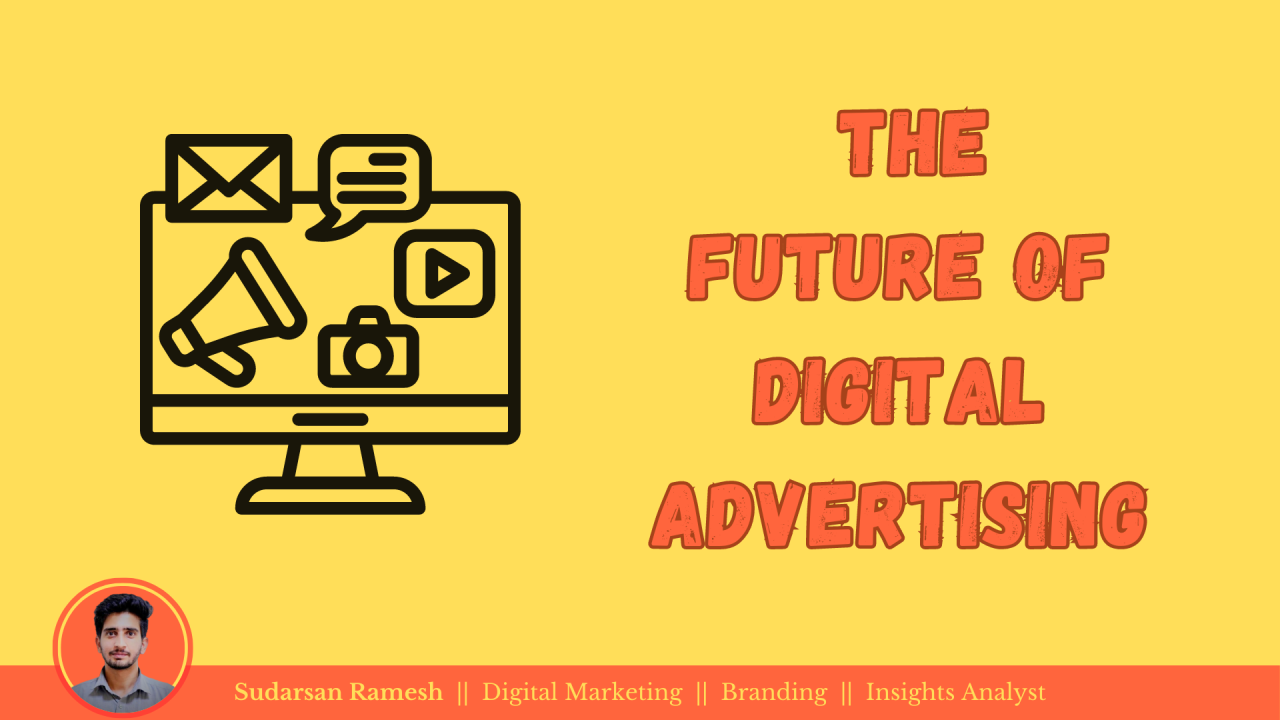Image Source: Unsplash
In the ever-evolving landscape of digital advertising, marketers are facing a significant challenge as Google plans to phase out support for third-party cookies. This impending change has prompted the industry to explore new data signals that can be used to evaluate the performance and return on investment of ad campaigns. As marketers dive into this exploration, it is essential to consider attention as a metric for measuring campaign effectiveness. However, attention cannot be the sole metric used to assess success. To truly understand the impact of attention, it must be incorporated into a broader strategy that takes into account various factors and contexts that can influence engagement. Let’s explore The Future of Digital Advertising: Beyond Attention.
The Challenge of Tracking Conversions

One of the primary challenges marketers face with the loss of cookies is the inability to track online conversions effectively. Without this tracking mechanism, it becomes difficult to demonstrate the effectiveness of ad campaigns and learn from the findings to develop optimization strategies. The surface-level appeal of attention as a metric lies in its ability to prove that a campaign has captured a consumer’s interest. However, measuring attention is no easy task.
Consumers are constantly exposed to multiple elements within their field of vision and environment, making it challenging to isolate the impact of a single ad. Attention is influenced by factors such as the context of the page where the ad appears and real-life distractions. A binary yes/no measurement of attention would be incomplete and offer limited utility.
Building a Broader Understanding of Attention
To leverage attention as a metric effectively, digital advertisers must integrate it into a broader strategy that considers the various elements and contexts that can impact engagement. This strategy begins by examining the intersection between message creative, page sentiment, and the overall quality of the environment. By gaining insight into how the environment translates into performance, brands and agencies can identify signals that can be harnessed in future campaigns.
For example, an auto ad that appears on a review site cluttered with numerous ads may receive low marks for attention and share of engagement. However, it could still drive high performance or response rates due to the alignment between the ad creative and the content in terms of timeliness, message, or call to action. By analyzing this correlation, brands can determine where the content falls in the buyer’s consideration journey and how it impacts performance.
On the other hand, a highly engaging ad that occupies a page without competition may receive higher attention and engagement scores. However, relevance scores may vary depending on the environment, and performance may not align with expectations. It is important to consider the role of devices and channels in this equation as well. Ads on mobile devices and connected TV environments may have 100% screen space but could face frequency problems.
To ensure transparency and clarity, attention cannot be treated as a black box metric. Viewability, a commonly used metric in online advertising, has established standards over the years. Marketers should collaborate with providers who can clearly articulate which signals contribute to attention. Understanding how these metrics differ across companies is crucial for brands to comprehend their campaign performance fully.
Balancing Metrics in Campaign Optimization
While attention is a valuable metric, brands must also consider where to place it in their measurement hierarchy. Optimizing campaigns solely based on attention could inadvertently lead to less focus on other important metrics such as clicks or viewability. It is important to strike a balance and avoid optimizing campaigns towards attention alone.
For instance, tests conducted by my company have shown that ads running on “made for advertising” (MFA) environments exhibit high viewability but receive attention scores that are 50% worse than those in top-quality environments. When optimizing solely for click-through rates (CTR) without considering attention, campaigns tend to perform better on poor-quality environments like listicle pages, despite their lower attention scores compared to top-performing environments.
Overall, engaging content tends to attract the most attention. By examining the complete picture, brands can gain insights into how certain publishers manipulate metrics to earn more impressions and how different types of content can meet campaign key performance indicators (KPIs).
Embracing a Future with Expanded Metrics
As the digital advertising landscape evolves, marketers need to transition towards a more diverse set of metrics to evaluate performance without relying on identifiers like cookies. While cookie substitutes and new identifiers may offer similar functionalities and performance levels, they lack the scale required to be comprehensive solutions.
The real breakthrough will come when brands and agencies develop detailed strategies that assess and weigh the interaction between creative, suitability, and attention. Marketers need more metrics and data that can withstand cookie deprecation and work across all browsers and environments. These insights will make a significant difference for brands and agencies in the near future.
In conclusion, attention is a valuable metric for measuring campaign performance in the post-cookie era. However, it should not be the sole metric used to evaluate success. Marketers must incorporate attention into a broader strategy that considers various factors and contexts. By analyzing the intersection between message creative, page sentiment, and the overall environment, brands can gain insights that will inform future campaigns. Striking a balance between attention and other important metrics is crucial for optimizing campaign performance. As the advertising industry adapts to a future without cookies, embracing expanded metrics and data will be essential for success.
Disclaimer: The views and opinions expressed in this article are those of the author and do not necessarily reflect the official policy or position of any agency or organization mentioned.
